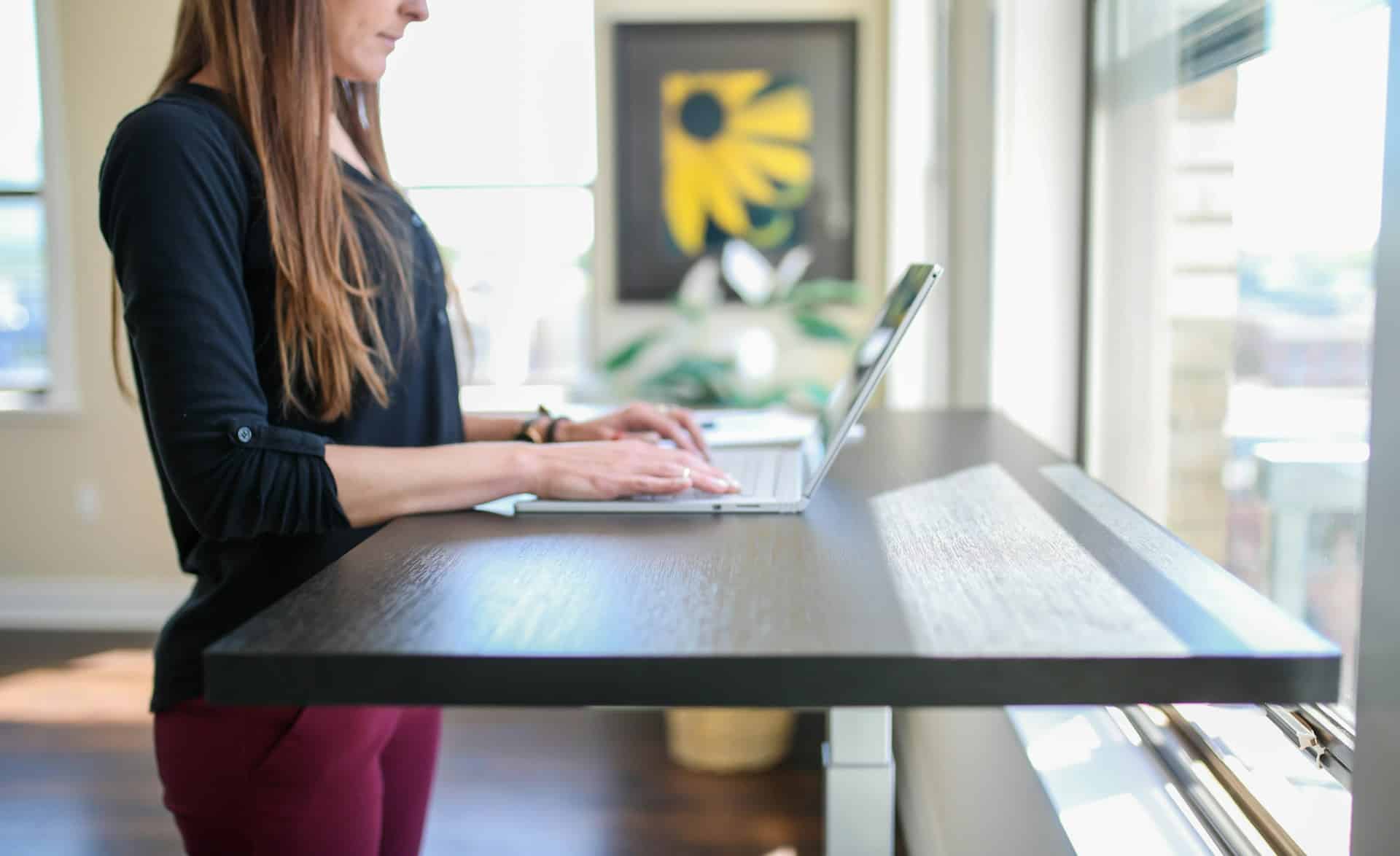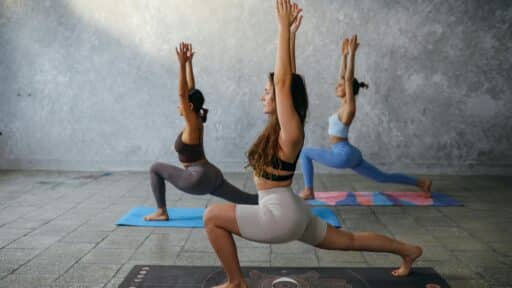Office work asks the body to be still while the brain sprints. That mismatch strains joints, slows circulation, and nudges energy down as the day wears on. Switching between sitting and standing helps restore balance – small posture changes stimulate blood flow, reduce the static load on the spine, and help muscles share the workload. The result is not a miracle cure. It is a steady, physiological relief that compounds across weeks of routine.
“Backed by science” does not need to mean lab jargon. It simply means the habits encouraged by height changes align with well-known mechanisms: better venous return from the calves, more frequent activation of core and glute stabilizers, and fewer minutes spent in the rounded-shoulder posture that tightens the neck. Build those mechanisms into the workday, and comfort begins to last past lunch.
Why alternating posture works
Static postures stress tissues in one direction. Alternating posture spreads that stress out, allowing soft tissues to rehydrate and joints to move through healthier ranges. Standing invites subtle ankle and hip motion that a chair blocks, while sitting gives the feet a rest and lets the lumbar spine decompress after time on the mat. The key is not to stand all day or sit all day – it’s to cycle, intentionally, before stiffness builds.
Hardware should make those cycles effortless. Smooth lift columns, quiet motors, and reliable presets remove friction so changes happen on cue. A well-built sit stand desk turns the plan into a button press-up for focus blocks, down for deep typing, mid-height for sketching or reading. When transitions are calm and predictable, the body adopts a rhythm that the calendar can actually sustain.
What improves when the desk moves
The benefits show up as a set of subtle wins that add up across the week. In practice, users often report 6 of the most common health benefits of using standing desks:
- Less back and neck tension – alternating posture reduces the sustained flexion that irritates discs and tightens cervical extensors.
- Steadier afternoon energy – light standing movement supports circulation and limits the “post-lunch slump.”
- Fewer pressure points – hips and hamstrings get regular relief from seat pan compression; feet get breaks from constant standing.
- Clearer focus windows – posture changes act as mental checkpoints that segment the day without breaking momentum.
- Calmer wrists and shoulders – correct standing height brings elbows to 90 degrees and keeps shoulders from creeping upward.
- More incidental movement – micro-shifts while standing add gentle activity minutes without a workout block.
None of these requires heroic effort. They reward small, repeatable changes that fit inside normal workflows.
Ergonomics that make science practical
Good mechanics turn intentions into results. Monitor height, keyboard placement, and stance to determine whether a stand period feels refreshing or fatiguing. The top of the screen should sit at or slightly below eye level. Elbows should be near 90 degrees with forearms parallel to the surface. Wrists stay neutral – not cocked up. Feet sit hip-width apart with weight shared, knees soft, and glutes lightly engaged.
Anti-fatigue beds reduce the pressure on the heels and promote slight ankle movement. When the shoes are hard, then switch to the cushioned ones during long block stands. The periodic rest alleviates lumbar pressure on one foot, facilitated by a small footrest or a low stool. To sit in, lumbar support must be used to ensure the low back cannot collapse, but not to sit upright. These adjustments are not very time-consuming; they merely eliminate the friction that prevents people from changing the position.
A routine that respects biology
Schedules keep posture honest. The easiest kind of cadence is with most bodies: stand 20-30, sit 30-40, etc. Break the pattern for tasks that demand fine motor control or long reading – sit by choice, then stand again as soon as the task changes. Presets help enforce the rhythm; label them “Type,” “Focus,” and “Review” rather than “Sit” and “Stand” so the context drives the position.
Micro-movement is the difference between pleasant and tiring stand blocks. Shift weight front to back, then side to side, in slow triangles. Every third stand block, add a 60-second mobility reset – calf raises, a gentle hip hinge with soft knees, or shoulder rolls. Short and consistent beats long and rare. If calves ache or the low back gets cranky, shorten stand windows and build time gradually. Bodies adapt, but they prefer patience.
Building a workspace that encourages change
The environment either nudges healthy habits or fights them. A clean cable path prevents snags when the desk moves. A task light angled opposite the writing hand reduces glare and lowers the urge to hunch. Frequently used items belong within easy reach in both positions – headsets on a hook, notebooks on a side rail, chargers mounted under the top. Visual cues help, too. A small card at the monitor’s edge with the day’s preset times keeps the plan visible without an alarm.
Team culture matters in shared offices. Posture changes should be normal – a quiet mechanical hum, not a disruption. In remote setups, calendars can include short “reset” blocks to prevent meetings from stringing together until mid-afternoon stiffness sets in. Managers can model the behavior by starting stand-ups, a five-minute nudge that makes the rest of the day’s switching feel expected rather than quirky.
Strong finish: comfort that lasts past work
Sustainable habits show up after hours. Evenings feel better when the spine hasn’t been locked in one shape and circulation hasn’t idled all day. The path is simple: a desk that changes height smoothly, an ergonomic design that respects joint angles, and a routine that alternates before discomfort arises. Pair those pieces with gentle movement and patient progression, and the science takes care of itself – less strain, steadier energy, and a workspace that supports the mind by treating the body well.







